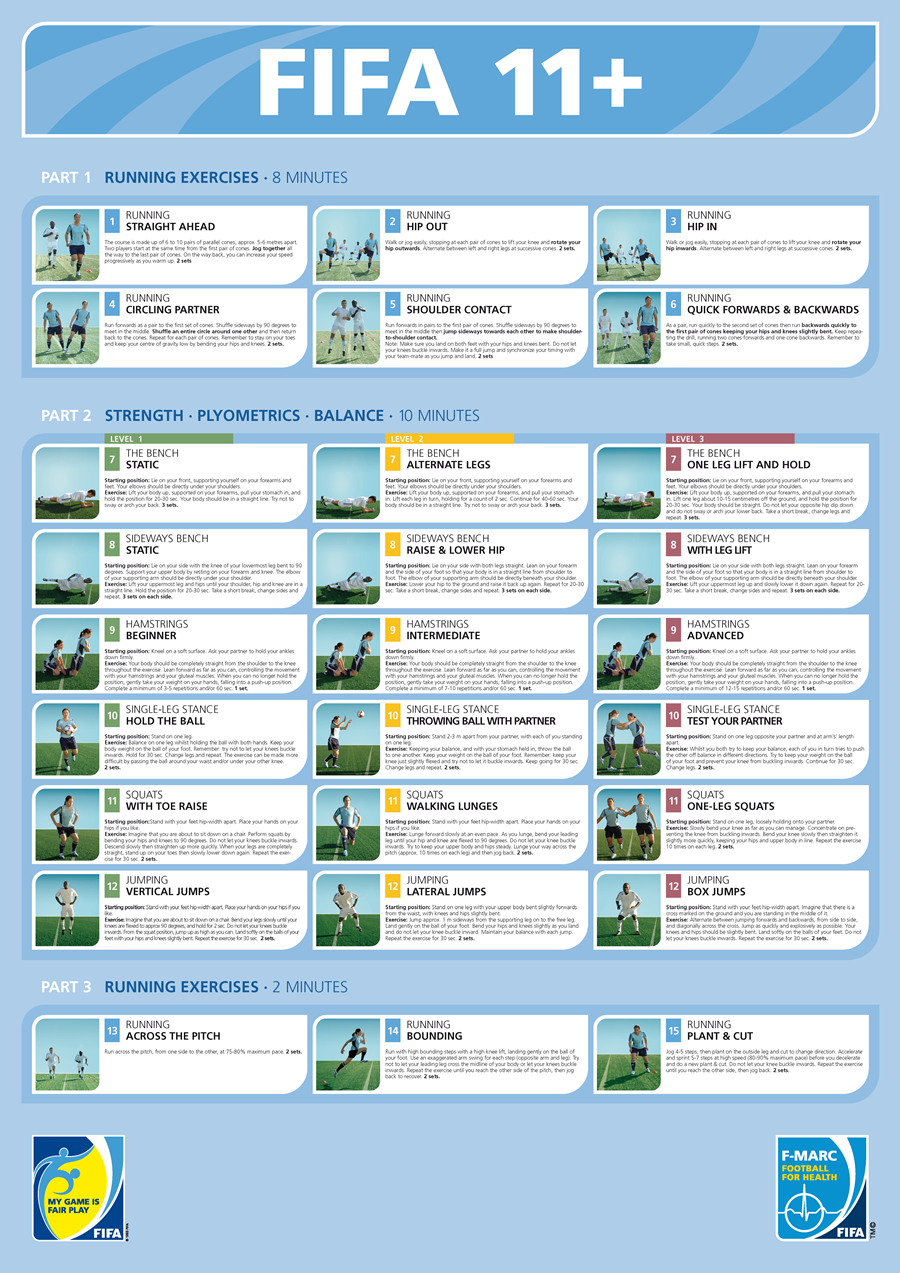Hamstring injuries are common across a wide discipline of sports however, in particular, are particularly prevalent within Gaelic football. A study that spanned 8 years investigated the injury rate across 15 elite Gaelic football teams. It found that not only are hamstrings the most prevalent injury in Gaelic football, but the injury rate increased between 2008 and 2011 and then again in 2012 and 2015!
Another recent study has proven that the Nordic Hamstring Exercise (NHE) reduces the injury rate by a staggering 51%. The systematic review explains that by including the NHE, we can simply reduce the injury rate incidence by up to half, across multiple sports.
With the advancements of sports science and bloated backrooms that exist in 2020, it could be presumed that the rate of injuries have now drastically reduced. However, the reality across the majority of GAA clubs and, even less so in the intercounty scene, the “pulled hamstring” is an all too familiar sight.
Is it really so simple to limit (or at least manage) the rate of hamstring injuries in Gaelic football?
Firstly, we must examine the factors that may predispose an elite Gaelic footballer to a hamstring injury. The most common cause (and this goes across multiple sports) is when an athlete is running at max velocity or a sudden change of direction and an increase in acceleration.
This can happen for two reasons:
The athlete is not adequately conditioned or trained to adapt to the load and demand placed on them
The athlete may not have recovered properly between matches
Overtraining – or participating in multiple sports where the load management is unevenly balanced or worse; non-existent – impacts the lumbopelvic relationship and leads to the shortening and tightening of muscles.
Failure to recover properly, or when the athlete is required to play multiple matches in a row, can also affect running mechanics, and cause the athlete to run with an excessive anterior pelvic tilt. This will therefore place more stress on the hamstrings and can often lead to a micro tear or “pull”.
What can we do as health professionals and coaches?
As coaches, chartered physiotherapists, strength & conditioning coaches or trainers, it is important that we implement injury prevention strategies and appropriate warm up and cool down policies. We suggest dedicating one member of the coaching staff to this role with guidance from the team’s physiotherapist and strength and conditioning coach. The FIFA 11+ warm up regime has been utilised widely and can be modified for Gaelic footballers.
Another key area of importance is education. Educate your athletes as to why we do certain exercises to ensure buy in and compliance with warm-ups.
Introduce one of the warm up protocols and seek out a relevant health professional who can provide you with a pre-season functional screening and an injury prevention plan. Many of our physios can help you with this - talk to us today and see what we can do for you.
References:
Wesam Saleh A. Al Attar, Najeebullah Soomro1, Peter J. Sinclair, Evangelos Pappas, Ross H. Sanders. Effect of Injury Prevention Programs that Include the Nordic Hamstring Exercise on Hamstring Injury Rates in Soccer Players: A Systematic Review and Meta-Analysis. Sports Med 2016 DOI 10.1007/s40279-016-0638-2


